How to choose the perfect dining room rug – 9 expert tips on size, color, fiber and more
Discover all the details you need to choose a dining room rug that’s enduringly stylish
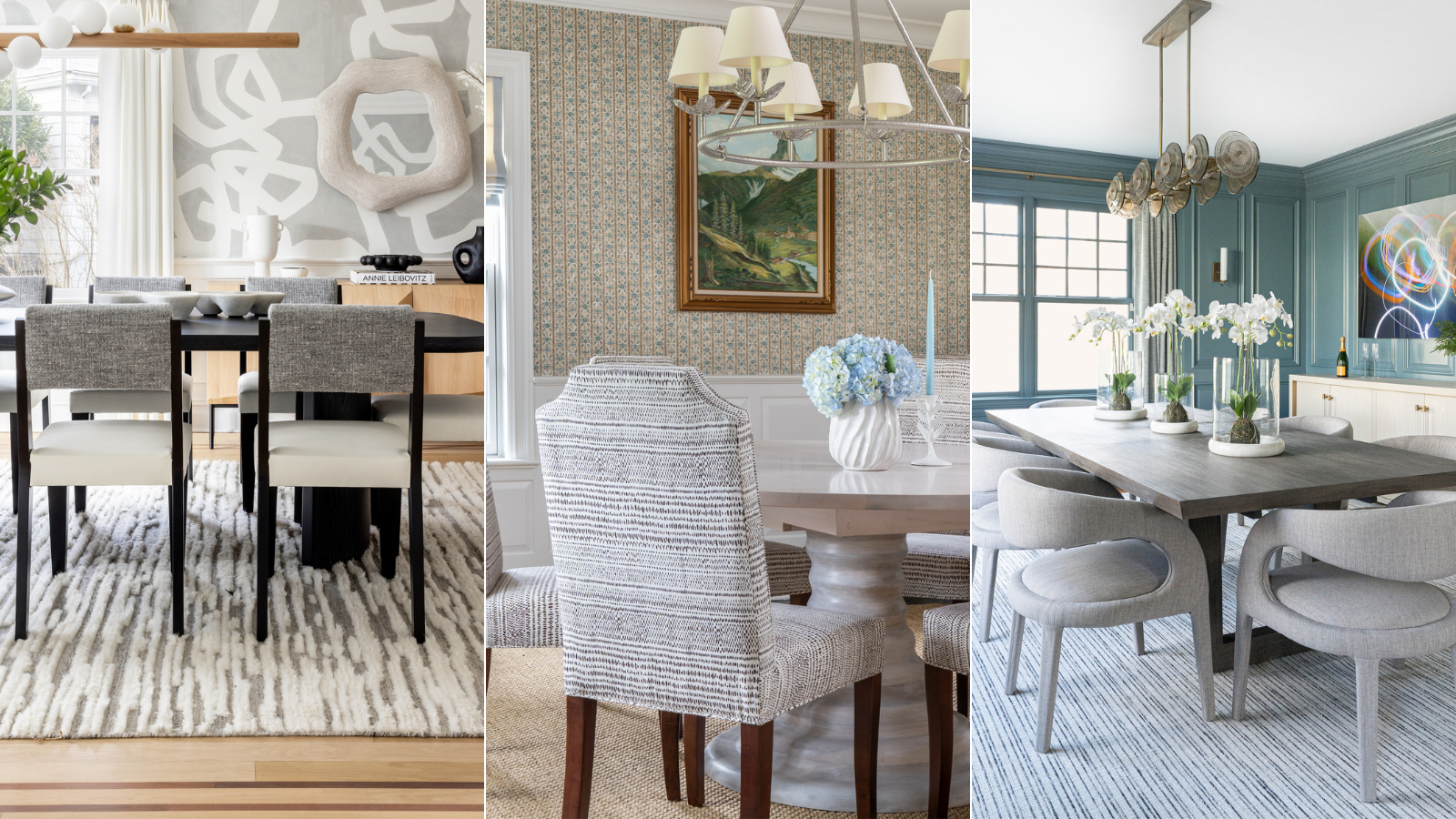

Choosing the perfect dining room rug can make the space, adding comfort, boosting decorative interest, and pulling the room together. It’s a must-have element of any dining room for many interior designers because of all the benefits it brings.
But dining room rug ideas need to be carefully considered to suit the space both in terms of style and longevity. The rug needs to be correctly sized, in a color and perhaps pattern that complements the room, and what it’s made from matters if it‘s to prove sufficiently durable.
To enable you to meet all the criteria for a dining room rug that’s ideal for your home, we asked the experts to share their professional knowhow and these are the details.
Choose a dining room rug: interior designer advice
A rug is definitely worth including among your dining room ideas for all the benefits it can bring.
But choosing a rug for a room always demands careful consideration as the foot traffic and even what might get spilled, as well as its appearance, all count towards getting it right and it needs to be the perfect partner for flooring ideas to boot. Below, interior designers share their advice.
1. Think size
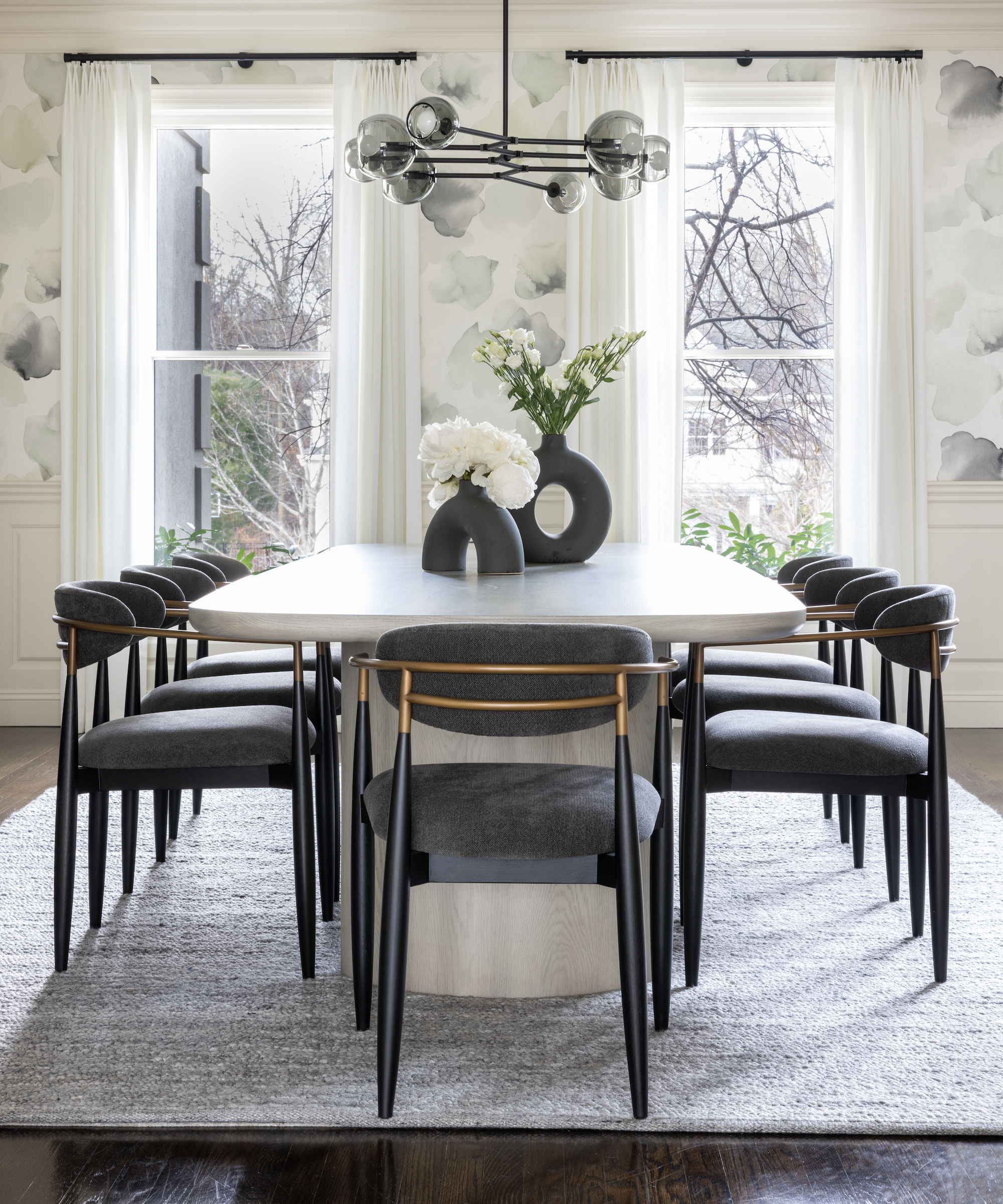
Measure up carefully for a dining room rug, considering both its impact and the space chairs need.
‘When sizing the rug, it should frame your dining table, but also be big enough to add to the overall look of the room,’ says interior designer Lynn Biase. ‘Make sure that all the chair legs fit comfortably on the rug, even when pulled out. The rule of thumb is 24 to 30 inches larger on all sides of the table.’
Don’t forget to take into account the furniture essentials for a dining room when measuring the space.

Lynn Biase is a New York-based designer celebrated for her talent in crafting spaces that authentically reflect her clients’ individual styles while seamlessly integrating with their lifestyles. Her designs strike a balance between chic aesthetics and practical comfort, resulting in homes that are both beautiful and functional.
2. Focus on cleanability
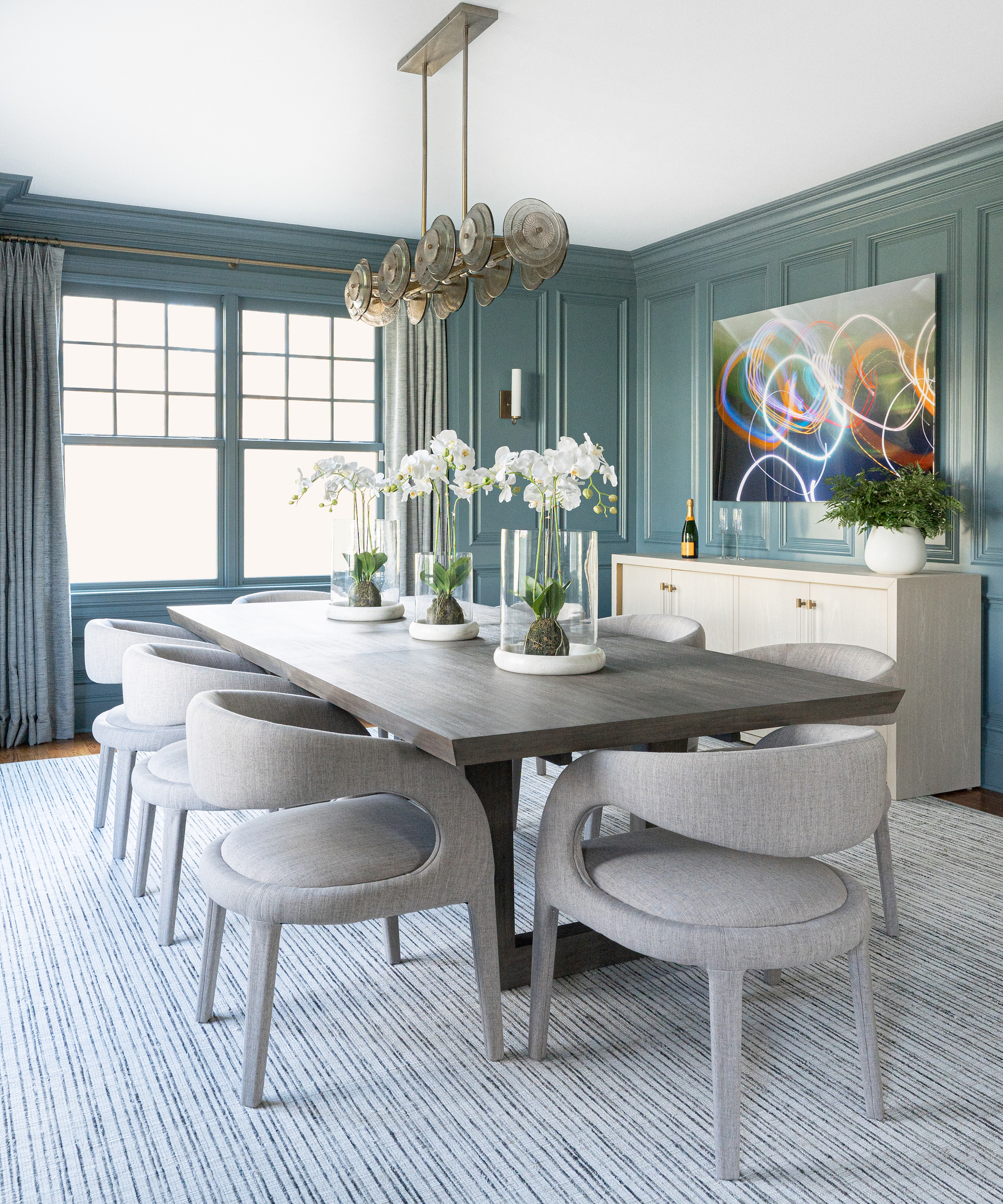
A rug for a dining room needs to be chosen with the activities of the space in mind.
‘Consider the construction of the rug,’ says Jessica Manela of Tusk Home + Design. ‘With our clients, we prioritize materials that are easy to clean, especially in a space prone to spills and stains. This ensures they can enjoy their dining experience without worrying about the aftermath of accidental messes, promoting a sense of ease and relaxation in the room.’
Be sure you know how to clean an area rug to keep it looking new.

Jessica Manela is a designer with Tusk Home + Design, whose mission is to craft timeless interiors that inspire and help clients realize their home’s full potential. Graduating from Barnard College with a BA in art history and earning her interior design certificate from the New York School of Interior Design, Jessica brings a wealth of knowledge and expertise to her craft and, by creating personalized spaces that reflect her client personalities and visions, Jessica ensures that every project is a true reflection of her clients' dreams.
3. Select rug fibers
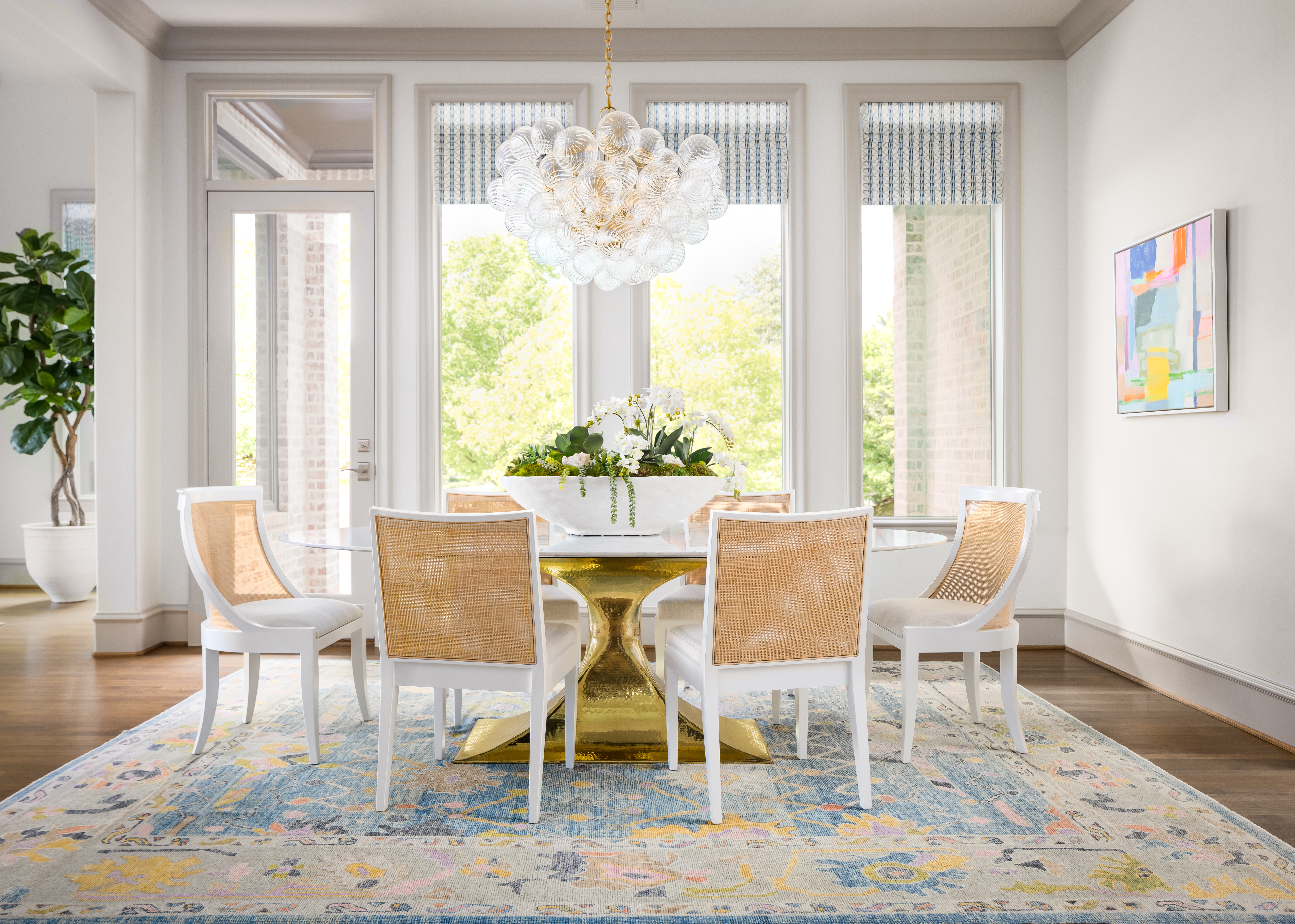
What the rug is made from is a crucial consideration, impacting on its durability as well as cleanability.
‘I prefer natural fiber rugs, like 100 percent wool rugs, as they not only look great, but they also tend to clean best,’ says Lynn Biase.
Gosia and Jakub Staron of luxury rug and carpet company JD Staron agree and suggest a further option. ‘When it comes to materials, wool and silk are timeless,’ they say. ‘Rugs crafted from these traditional materials boast longevity, as evidenced by their presence in ancestral homes worldwide.’
Be aware that it’s possible to deep clean a wool rug as well as give it a regular clean.
4. Decide on pile
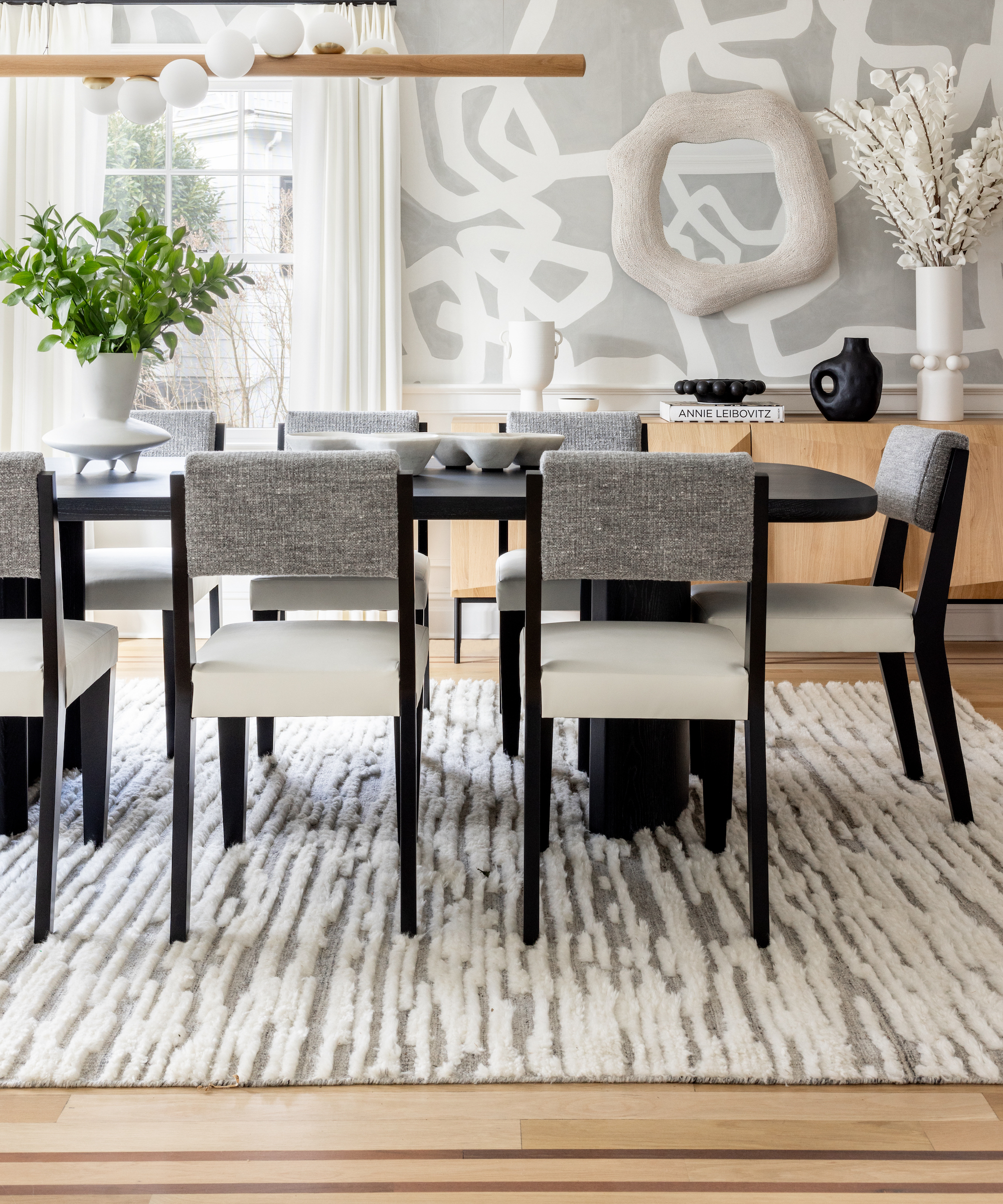
Just as with carpet ideas, factor the pile of a dining room rug into the equation when selecting. ‘A flat weave or low pile rug is often a benefit so that the dining chairs can move easily on it and won’t leave feet marks,’ says Lynn Biase.
It’s easier to clean up any crumbs, too, when a rug doesn’t have a deep pile.
5. Take a cue from the room’s style

The room’s decor can provide a cue to a rug design that will prove a great complement, according to FLOOR360 interior designer and Kashou Design studio manager Kelly Kuehn.
‘A formal dining room requires a quality area rug, ideally a densely woven wool in classic patterns such as florals, trellises, plaids, or stripes,’ she recommends. ‘In a casual farmhouse dining room, select a multicolor flatweave or braided rug. In a mid-century modern room select an oval or round shape area rug because organic shapes found in nature are crucial to that style of décor.’
6. Choose the shape
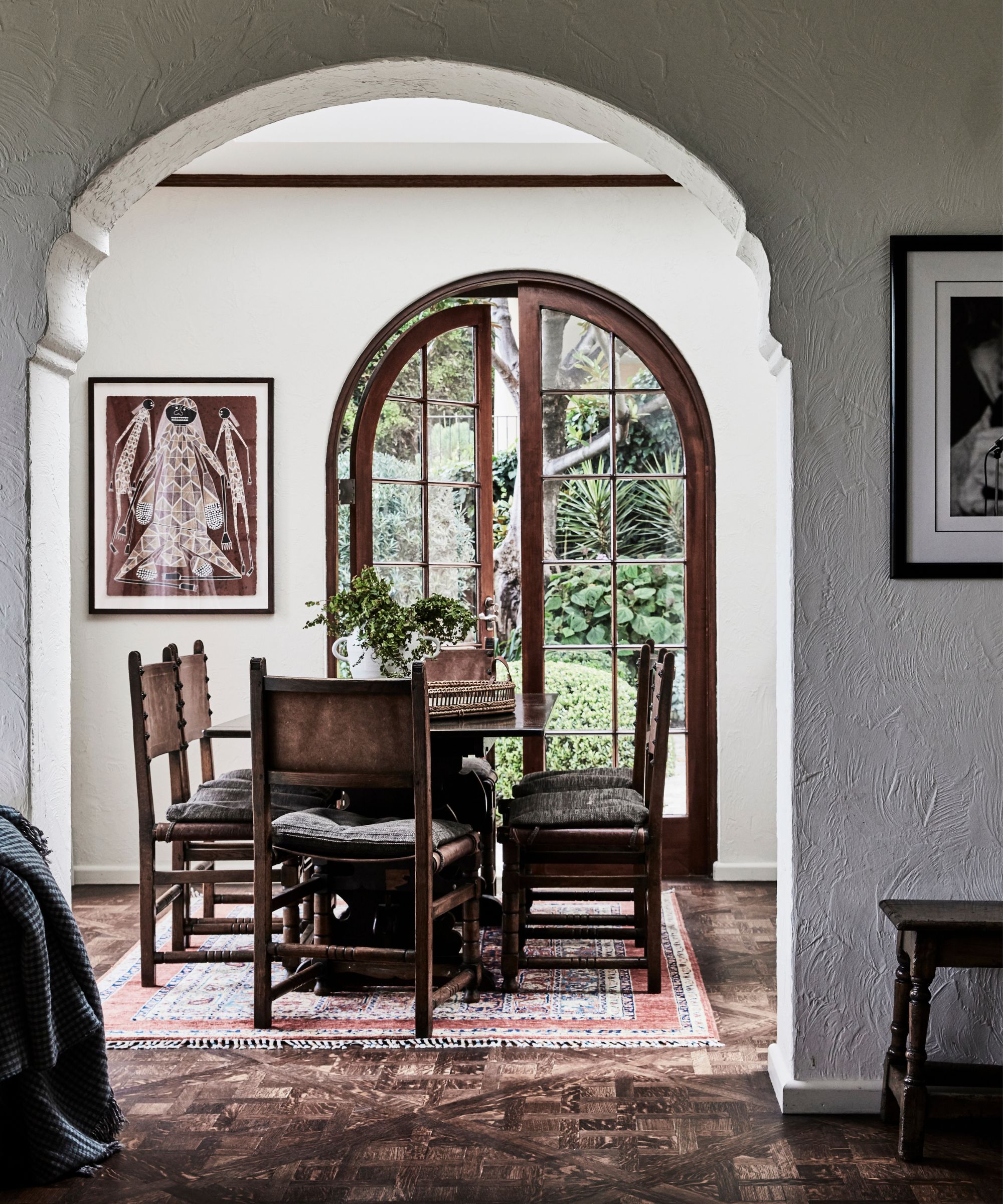
There’s an easy way to choose the shape of a dining room rug. ‘The shape of the rug is usually dictated by the shape of the table,’ says Lynn Biase. ‘Rectangular or oval tables usually look great with rectangular rugs, while round or square tables look best with a round rug or square rug.’
But you don’t have to follow this guideline. ‘For a more fun option, an irregular shape rug is a great way to bring in some extra style,’ she says.
7. Weigh up color
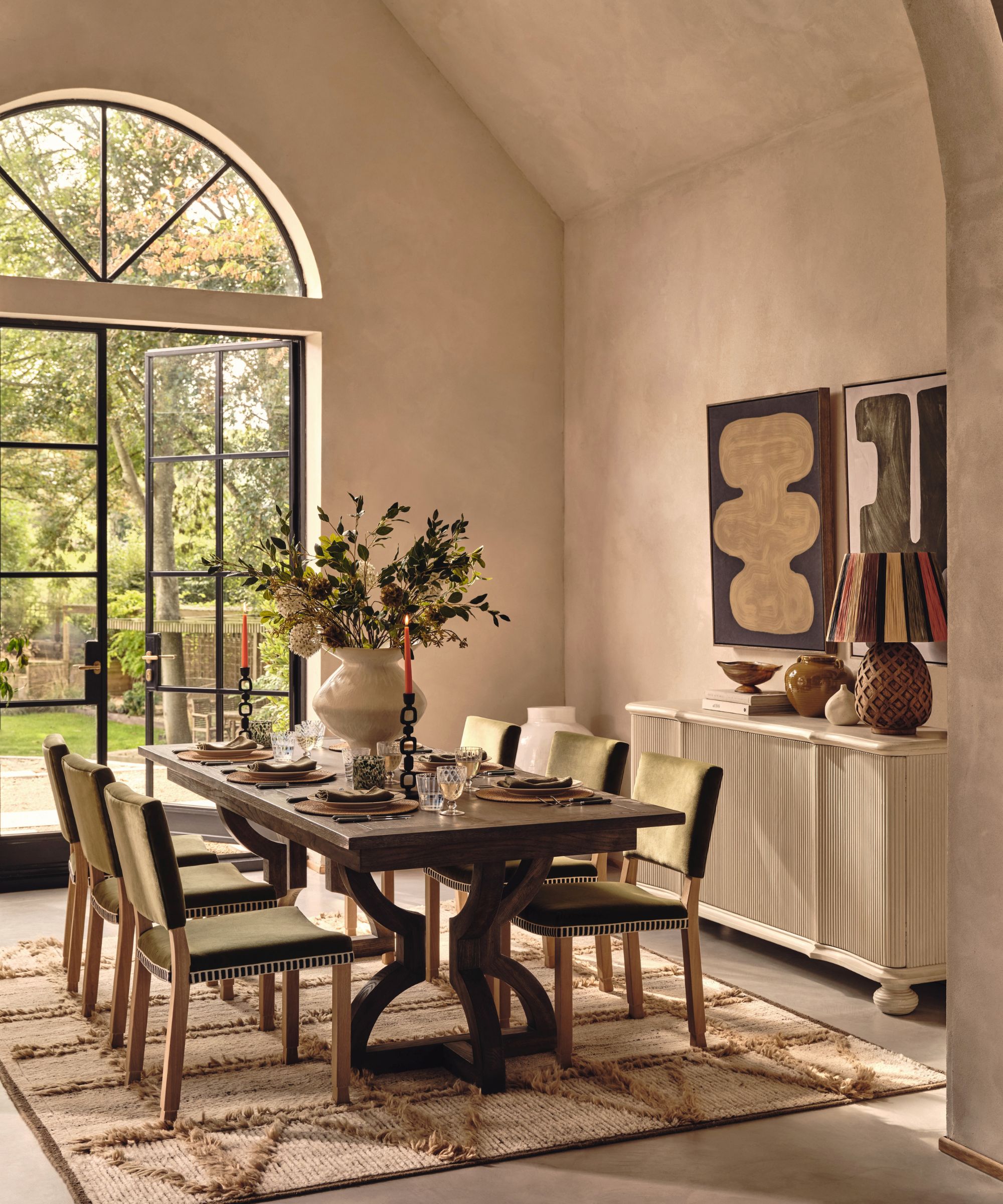
A neutral dining room rug or one that’s more attention-grabbing are possibilities so how to decide?
‘When searching for the perfect rug for your dining room, if you want it to be one of the focal points in the room, choose a color or a bolder pattern,’ advises Lynn Biase.
‘Alternatively, if you prefer the rug to complement the rest of the dining room with a more subtle look, you can keep the rug more neutral, instead using texture to add to the design.’
8. Understand the merits of pattern
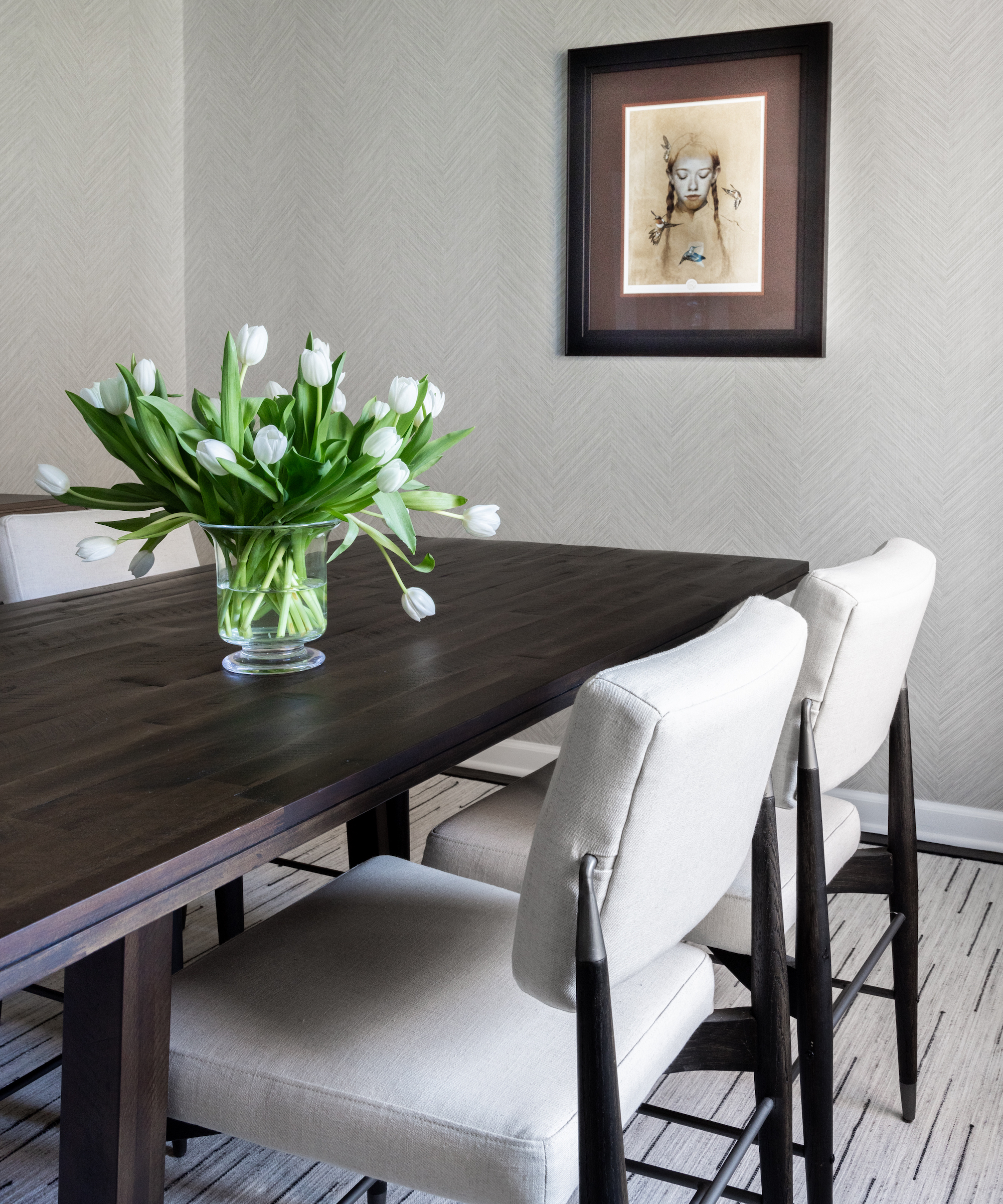
A rug with pattern rather than a plain has plenty of benefits in a dining room, according to Gosia and Jakub Staron.
‘For the design of your rug, whether it’s to be the star of the show sparking conversations or the supporting act grounding all the other elements in the space, patterns will always be a great choice for a busy space like a dining room,’ they say. ‘By introducing color and textural variations, patterns are a forgiving and durable option that can withstand the rigors of daily life.’
And Jessica Manela suggests a striped design to enhance the room’s proportions. ‘Opting for neutral tones with subtle patterns, such as a delicate stripe, can visually elongate the room while maintaining a sense of understated elegance,’ she says.
9. Consider sisal
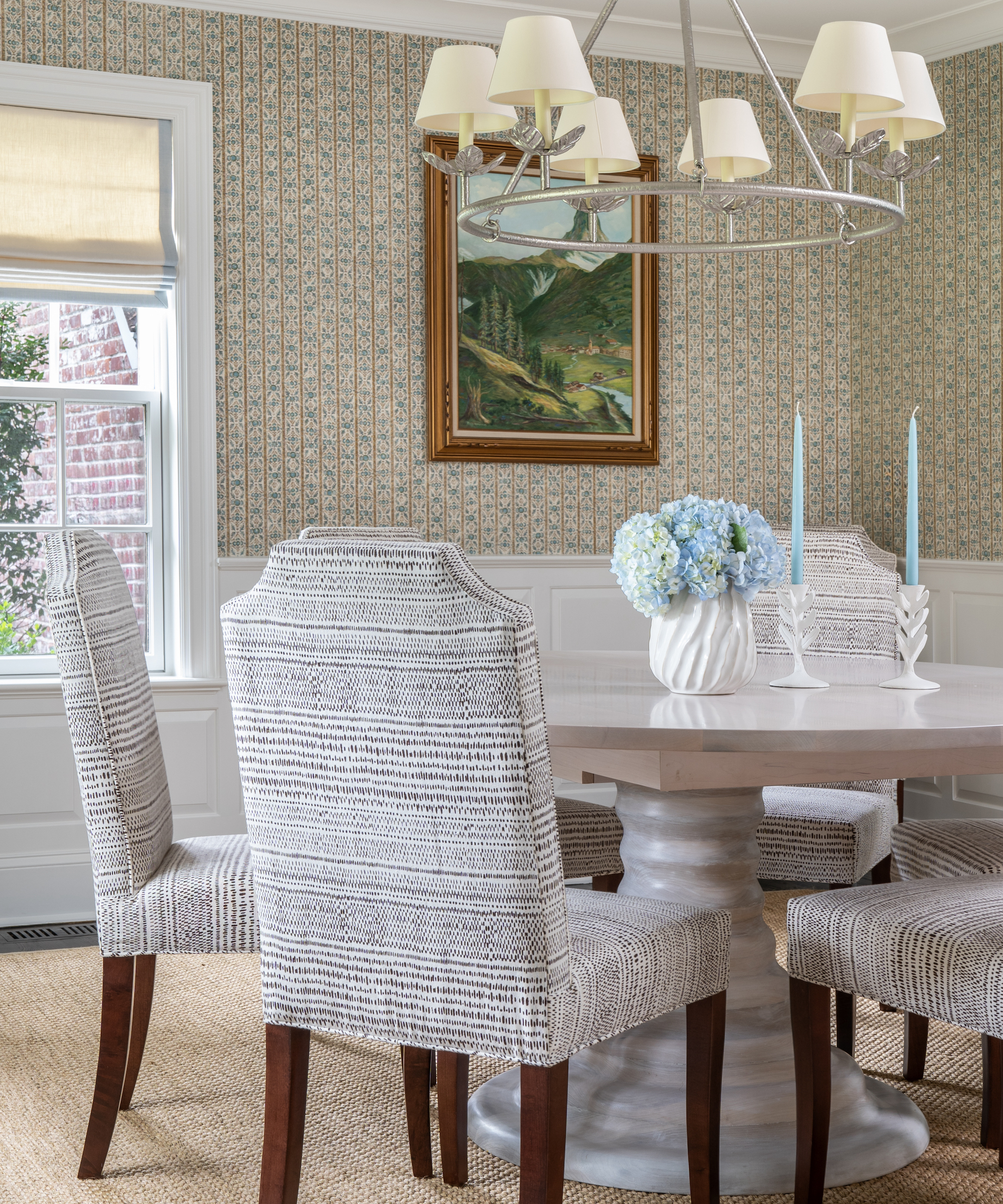
A sisal rug is a top choice for a dining room, according to interior designer Annie Delaporte.
‘Dining rooms are dynamic spaces meant for entertaining,’ she says. ‘Because of this, choosing the right flooring is very important and sisal is always my favorite go-to. It comes in a variety of subtle patterns and a neutral color palette, which helps create a serene backdrop for more dramatic or colorful interiors.
‘Even more, the natural fibers that make up sisals rugs give it a durability that makes it a practical choice for dining spaces. With sisal as the base, dining rooms become a place of fun social gatherings that are comfortable, timeless and chic.’

After graduating from Vanderbilt University, Annie Delaporte worked for fashion designer Tory Burch for several years, where her passion for interiors expanded and she developed her eclectic sense of style. She decided to take a leap of faith and turn that passion into a career. She attended the New York School of Interior Design and worked for several notable residential design firms before starting Annie Delaporte Designs. Influenced by her New Orleans roots and time spent working in fashion, Annie focuses on how to best shape the character of a home using color, pattern, and proportion.
Choosing the perfect dining room rug brings great results. ‘By prioritizing practicality and aesthetic cohesion, you can ensure that the dining room becomes a space where people feel comfortable and at ease, encouraging them to fully utilize and enjoy the space,’ says Jessica Manela.
Sign up to the Homes & Gardens newsletter
Design expertise in your inbox – from inspiring decorating ideas and beautiful celebrity homes to practical gardening advice and shopping round-ups.

Sarah is a freelance journalist and editor. Previously executive editor of Ideal Home, she’s specialized in interiors, property and gardens for over 20 years, and covers interior design, house design, gardens, and cleaning and organizing a home for Homes & Gardens. She’s written for websites, including Houzz, Channel 4’s flagship website, 4Homes, and Future’s T3; national newspapers, including The Guardian; and magazines including Future’s Country Homes & Interiors, Homebuilding & Renovating, Period Living, and Style at Home, as well as House Beautiful, Good Homes, Grand Designs, Homes & Antiques, LandLove and The English Home among others. It’s no big surprise that she likes to put what she writes about into practice, and is a serial house renovator.
-
 Barbra Streisand spotted a 'little miracle' on her garden's rose bush – landscaping experts say you can grow her 'joyful' flowers on a smaller scale
Barbra Streisand spotted a 'little miracle' on her garden's rose bush – landscaping experts say you can grow her 'joyful' flowers on a smaller scaleThe singer's rose bushes are among the most abundant and beautiful we've seen this year – with the right advice, you can follow her example
By Megan Slack
-
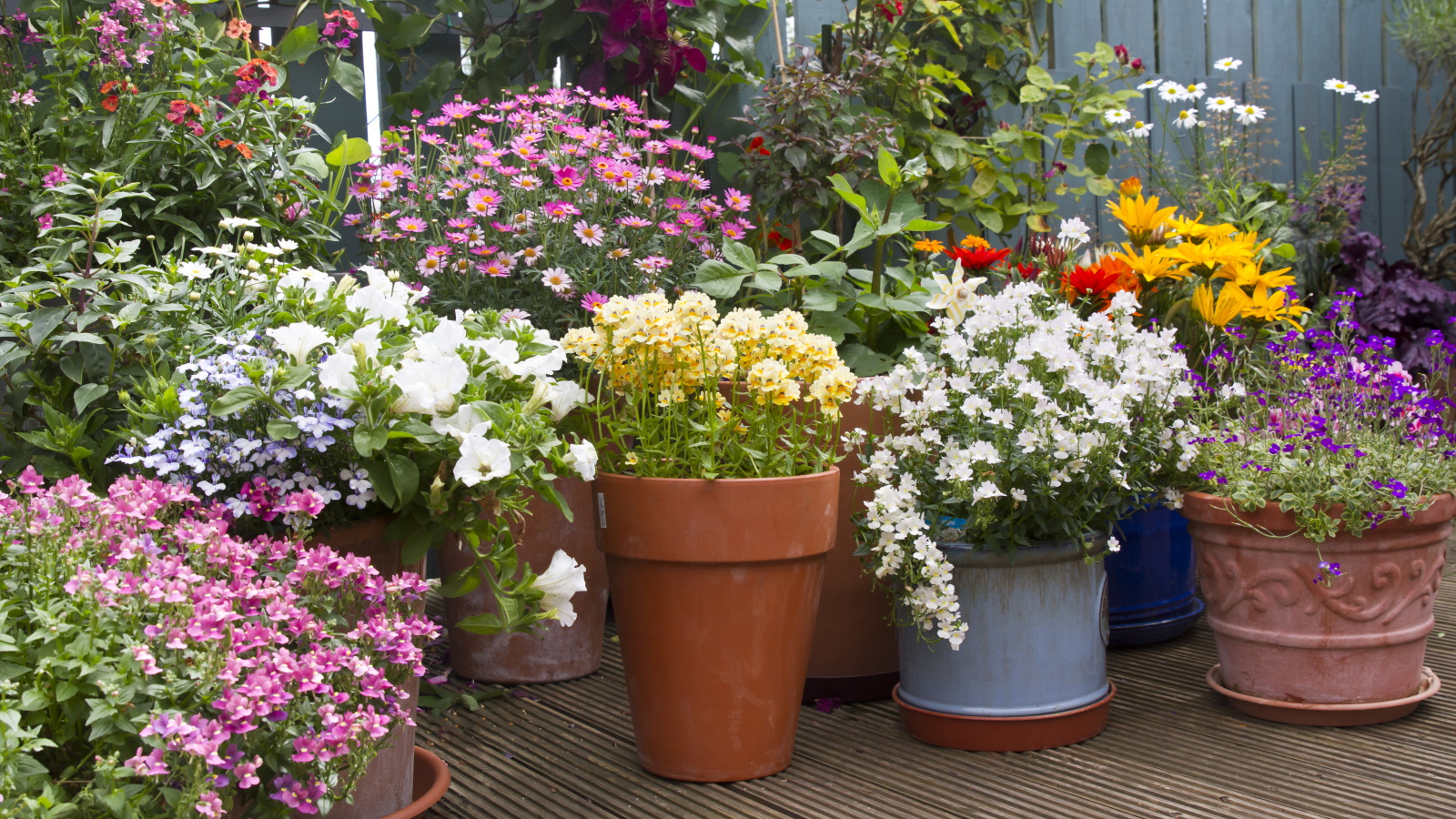 ALDI just restocked their smart-looking $4.99 self-watering planters for small container gardens, and it's the ideal solution for plant serial killers
ALDI just restocked their smart-looking $4.99 self-watering planters for small container gardens, and it's the ideal solution for plant serial killersThese highly-rated planters are perfect if you are time-poor, a novice gardener, or a frequent short-haul traveler
By Jennifer Ebert